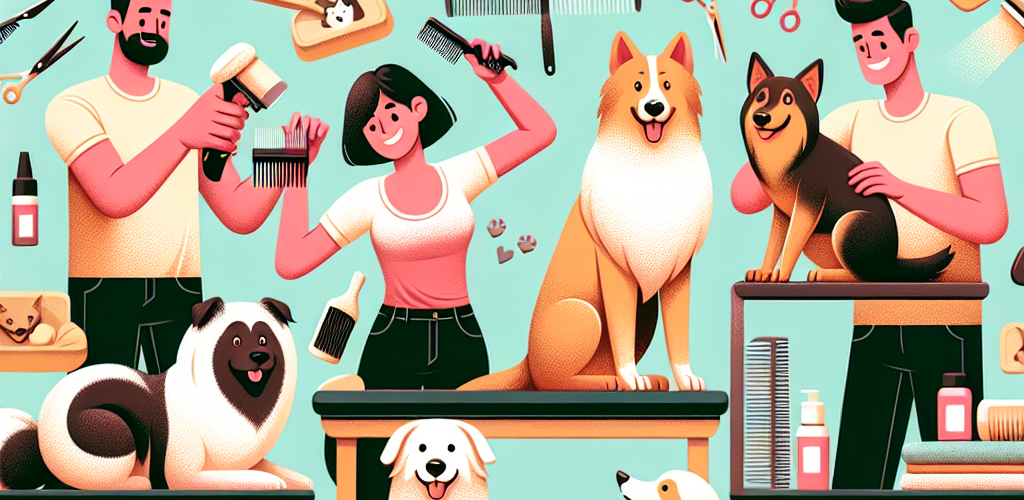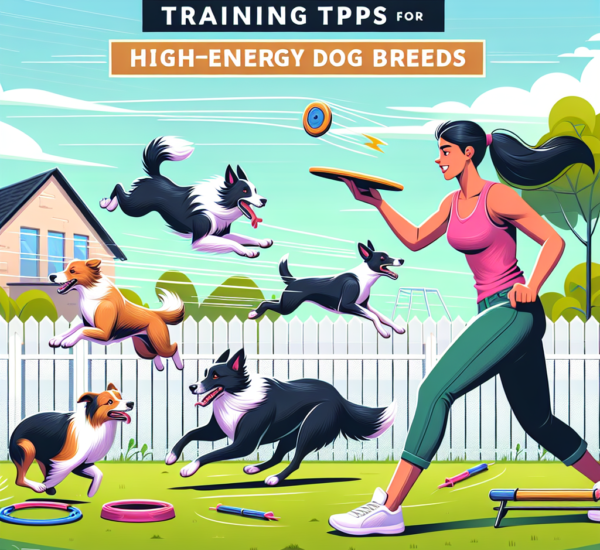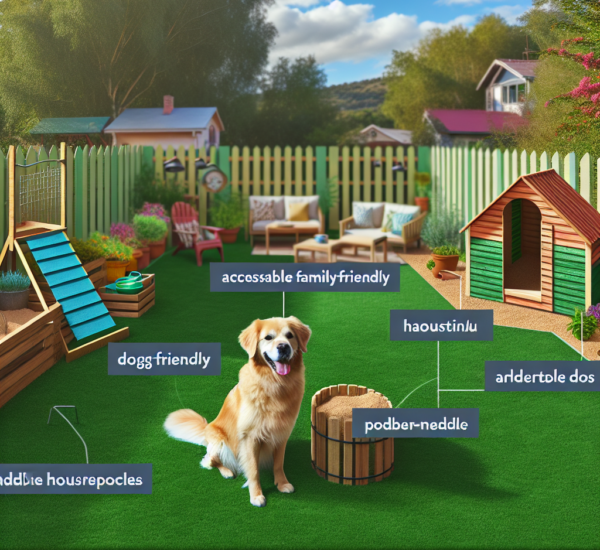Welcome to your ultimate guide on maintaining a healthy, shed-free coat for your dog!
Why Manage Dog Shedding?
Managing dog shedding is crucial not only for maintaining your home’s cleanliness but also for ensuring your dog’s coat and skin health. Unmanaged shedding can lead to uncomfortable matting, skin irritation, and even more severe health issues. Understanding shedding prevention techniques can transform your grooming routine into a bonding activity that both you and your furry friend will look forward to.
Regular Brushing Techniques
Choosing the Right Brush
One key to controlling shedding is using the right grooming tools. For many breeds, a de-shedding brush or a slicker brush can work wonders. Ensure you select a brush that suits your dog’s coat type, which can be identified by consulting with a pet grooming professional or vet.
Brushing Frequency and Technique
Different breeds and coat types will determine how frequently you should brush your dog. Typically, short-haired dogs require weekly brushing while those with longer fur might need daily grooming to avoid tangles and excessive shedding. The technique is also crucial; always brush in the direction of hair growth and be gentle to avoid skin irritation.
Optimal Bathing Routine
Bathing plays a significant role in managing shedding but should not be overdone. Over-bathing can strip necessary oils from your dog’s skin, leading to increased shedding and skin issues. Generally, bathing your dog once a month with a dog-specific shampoo is recommended unless they get dirty or smelly.
Dietary Tips for Coat Health
Feeding your dog a balanced diet rich in omega-3 and omega-6 fatty acids can improve skin health and reduce shedding. High-quality dog foods that list a good source of protein, like chicken or fish, as the first ingredient can promote coat health. Supplements, like fish oil or flaxseed oil, can also be beneficial but consult your vet before starting any new supplement regimen.
When to Seek Professional Care
While regular grooming can manage shedding adequately for most dogs, excessive shedding can sometimes be a symptom of underlying health issues. If you notice sudden changes in your dog’s shedding patterns or overall health, it’s important to consult with a veterinarian. A professional groomer can also be a valuable resource for personalized advice and advanced grooming techniques.
FAQs
- How often should I brush my dog if it has long hair?
- Long-haired dogs generally benefit from daily brushing to prevent tangles and minimize shedding.
- Can diet really affect a dog’s shedding?
- Yes, a high-quality diet rich in essential fatty acids can help improve coat health and reduce shedding.
- What should I do if my dog hates being brushed?
- For dogs that dislike brushing, try using grooming gloves or start with short sessions accompanied by treats and positive reinforcement.




